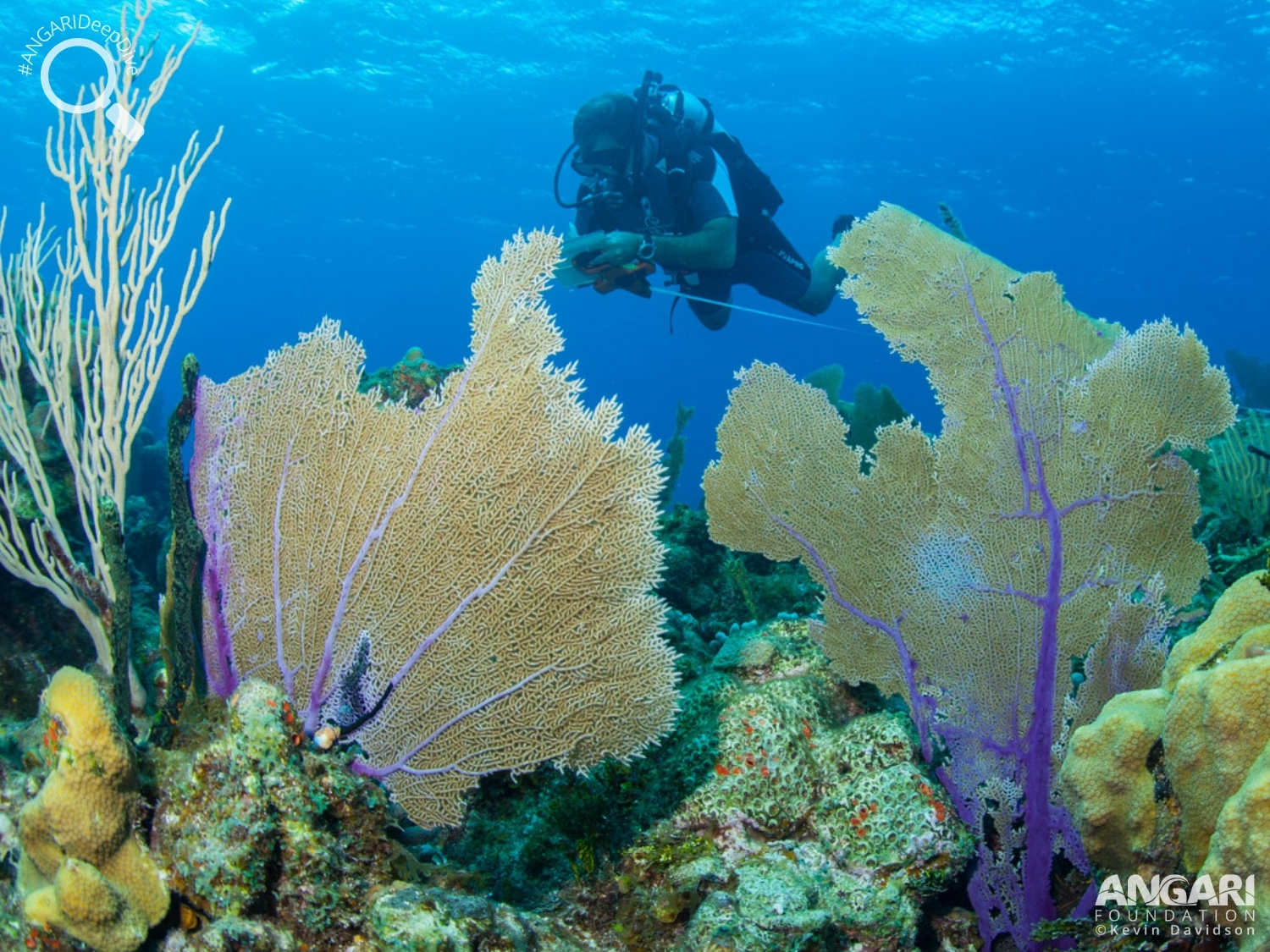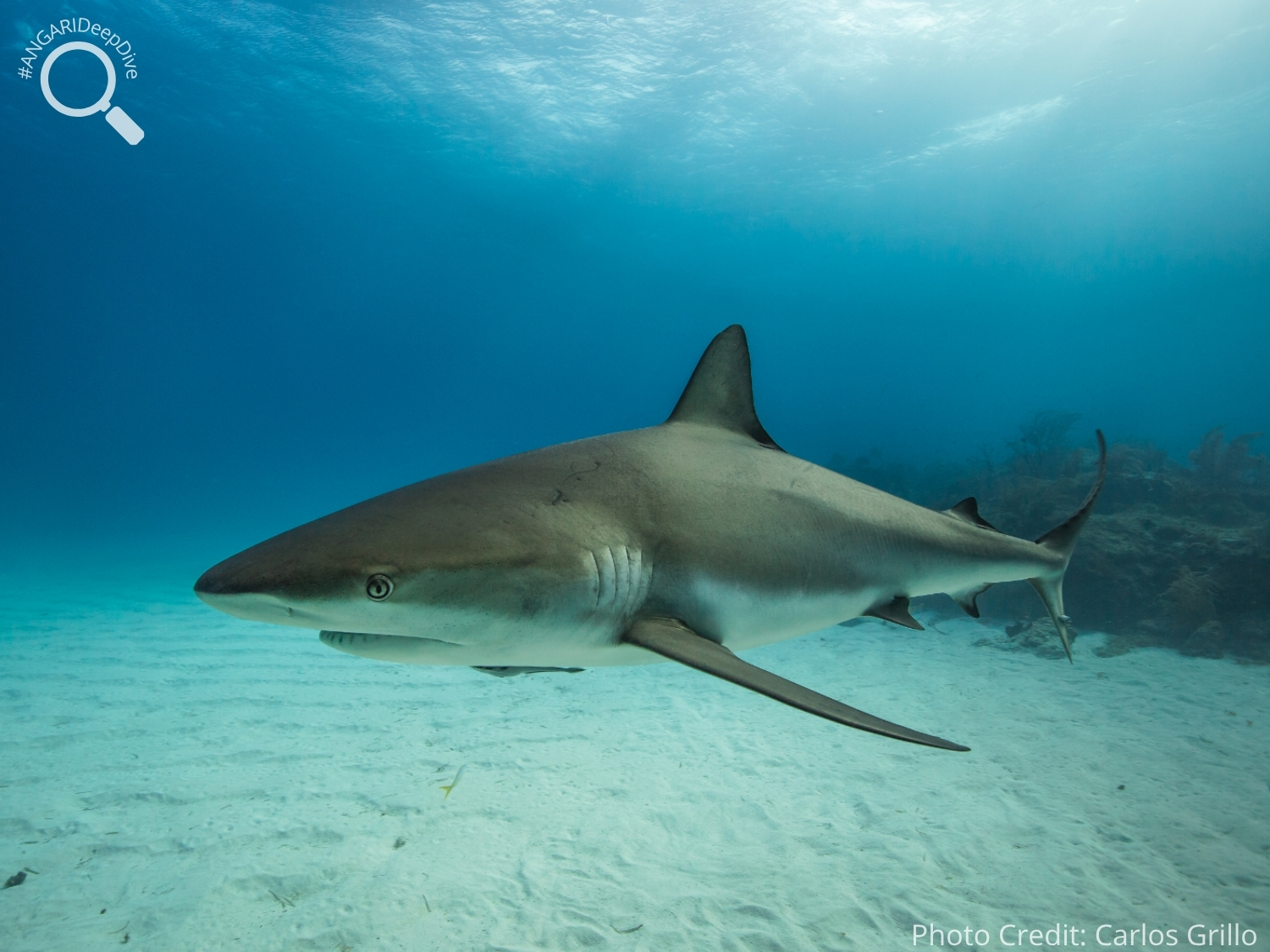Gray angelfish are found on coral reefs in the western Atlantic Ocean and can be identified by their shiny gray body with yellow pectoral fins.
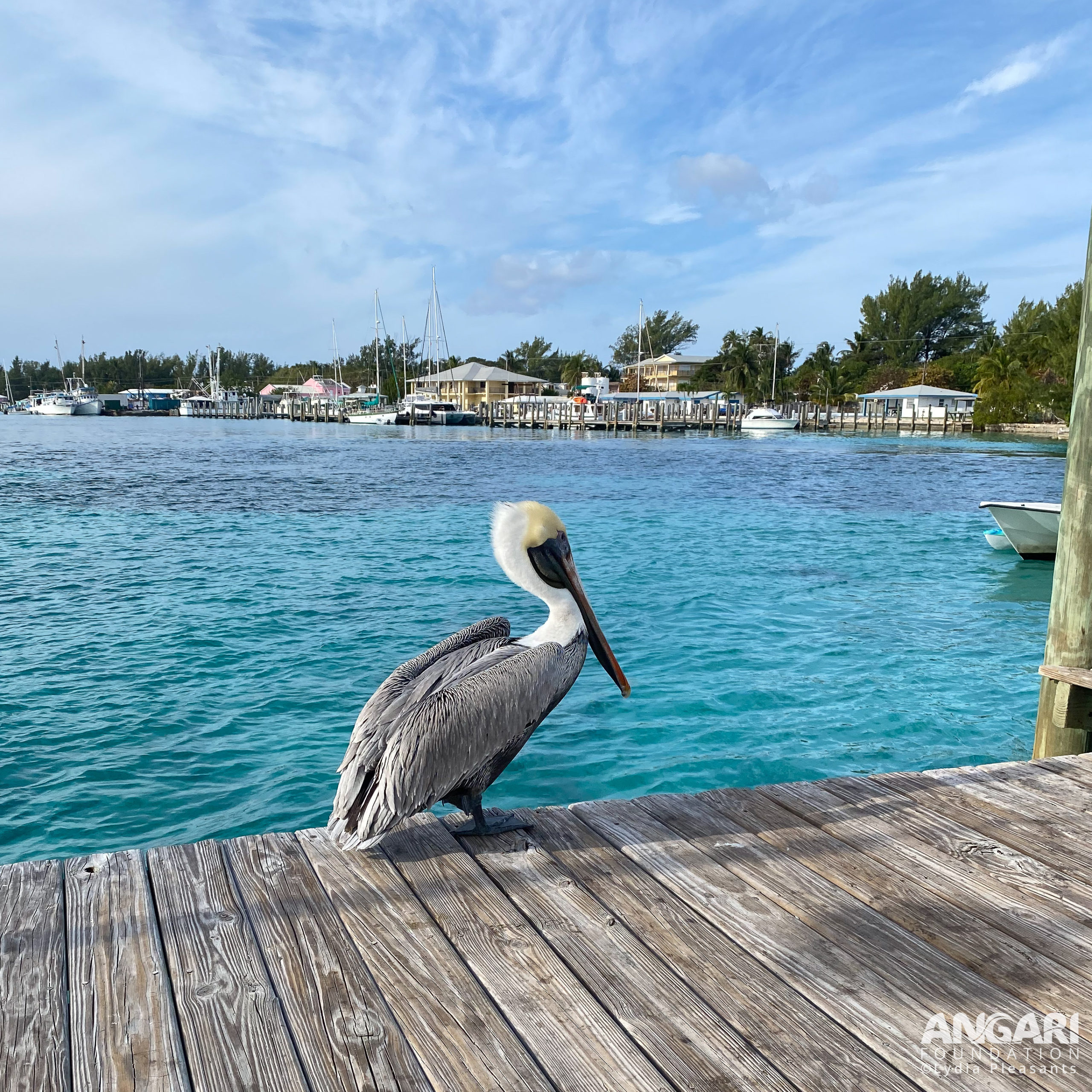
Brown Pelican (Pelecanus occidentalis)
The brown pelican (Pelecanus occidentalis) is a non-migratory bird that makes its home around shallow waters in marine coastal environments. Within the Americas, they can be found along the Atlantic, Gulf and Pacific coasts and sometimes up rivers and in estuaries when seeking protection from a passing storm.
Scroll down for some exciting facts about the brown pelican.
#1: What is the actual color of the brown pelican?
The brown pelican is a bird that has a brownish-gray plumage with a yellow and white head. During the breeding season their elongated neck can change color from white to brown! However, before reaching maturity, juveniles are fully brown.
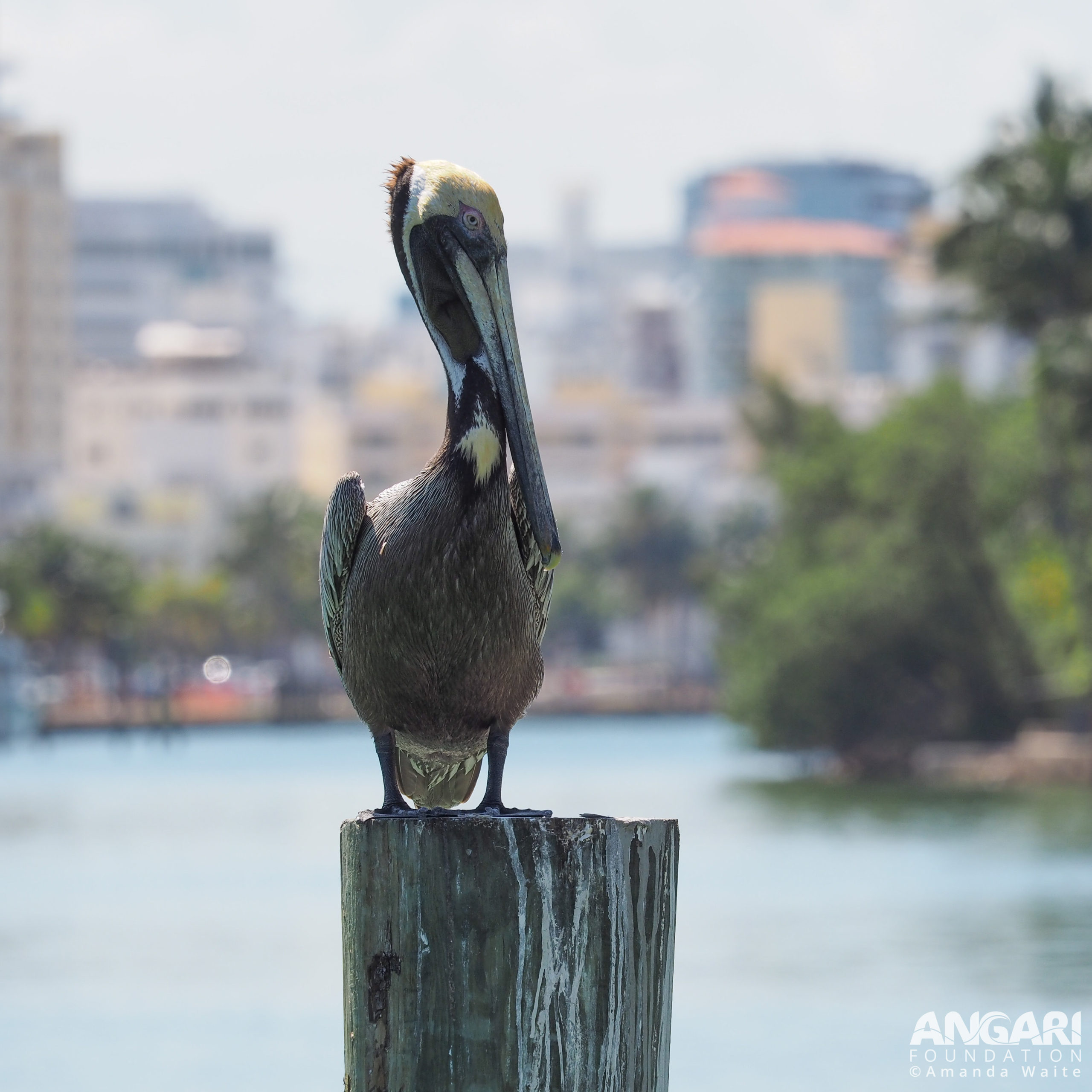
#2: Brown pelicans are natural energy savers.
With a wingspan up to 7 feet, brown pelicans are extremely efficient flyers that take energy saving to a whole new level. The brown pelican can glide just inches above the water’s surface due to the aerodynamic phenomenon known as the ground effect. The air between the bird’s wings and water surface is funneled, compressing the air and creating lift to support the pelican’s flight. The brown pelican occasionally climbs to higher altitudes to gain some speed and then will return to gliding to save energy. This technique is so effective that during World War II long range planes mimicked this action when flying over the ocean to save fuel!
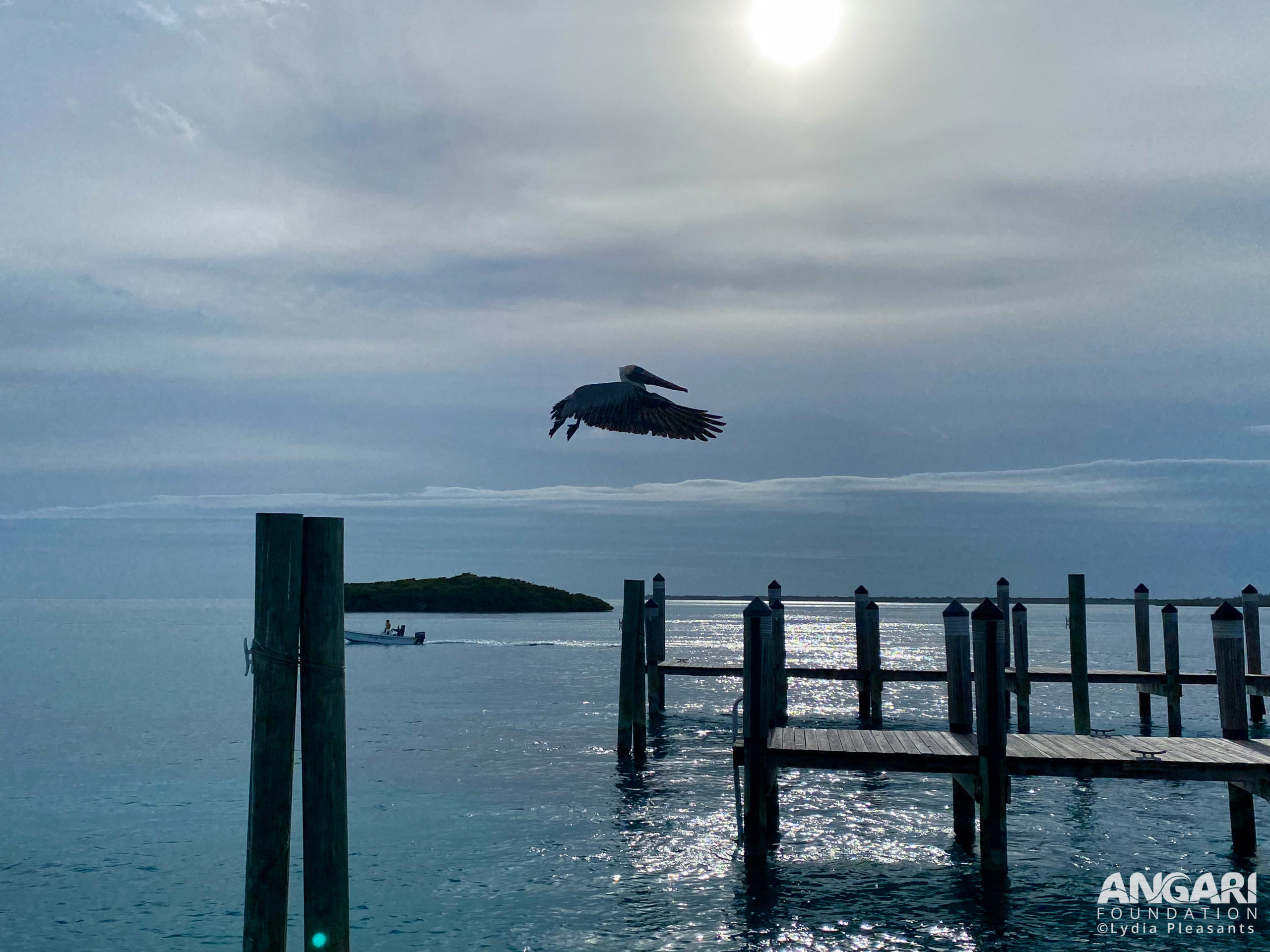
#3: How well adapted are brown pelicans for hunting?
Brown pelicans dive headfirst into the water to hunt for fish and have found that entering the water at a steep angle, between 60-90 degrees, is the most successful. Brown pelicans are adapted to protect themselves as they dive, which can be from as high as 60 feet! Before they enter the water, they rotate to the left to protect their trachea and esophagus, which are located on the right side of their neck. They also have air sacs beneath their skin that inflate just before they hit the water to act like a cushion.

#4: What does the brown pelican feed on?
The brown pelican doesn’t actually store their food in its bill! Instead they can use it like a net to scoop fish out of the water before swallowing them whole. These birds feed mainly on fish and definitely have a favorite – menhaden makes up 90% of their diet.1 However, during nesting season, anchovies are an important fish for them to feed to their chicks.

#5: How does the brown pelican maintain a healthy body temperature?
To ensure that they don’t overheat, the brown pelican has its own cooling system. When they are too hot and need to reduce their body temperature, they open their bills and rapidly flap their gular pouch, a featherless area of skin that attaches their bill to their lower jaw. This motion is called a gular flutter and allows heat to evaporate, lowering their body temperature.
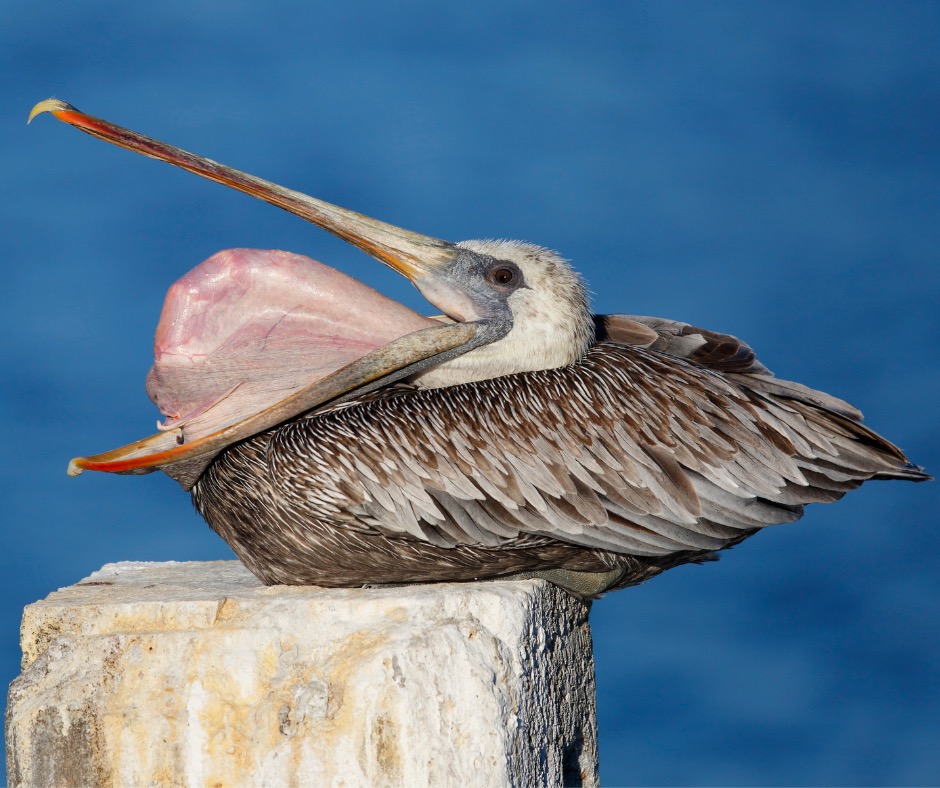
#6: Raising a juvenile brown pelican
Once a brown pelican has laid on average 2-3 eggs, both the mother and father take turns incubating them. Brown pelicans have a slightly unusual way of doing this – they use their webbed feet! Eggs hatch after a month, and the juveniles will be fed by their parents until they are ready to fledge the nest 2-3 months later.
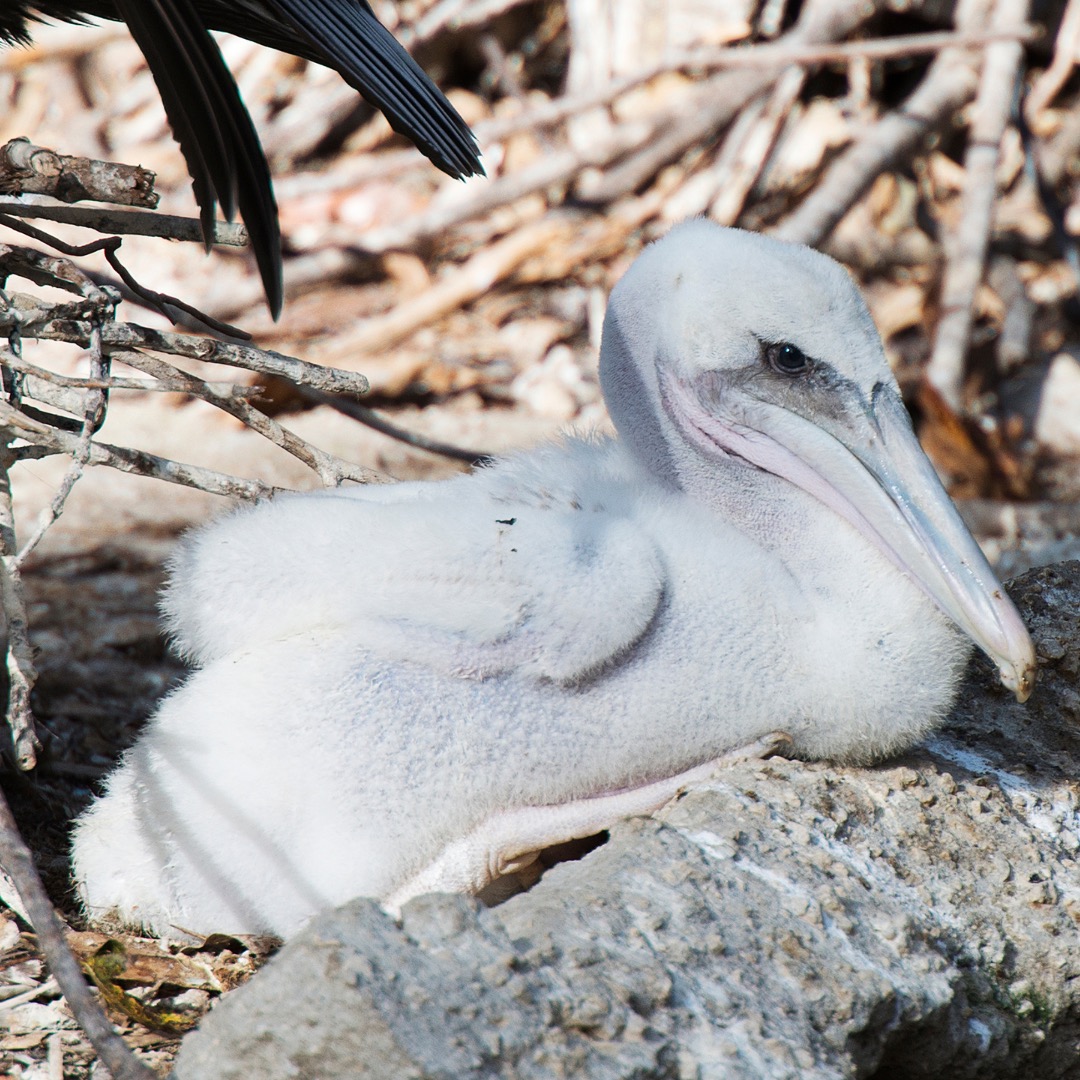
#7: The brown pelican is a well respected bird.
Many countries respect the brown pelican for their nurturing nature and have, therefore, named it their national bird. Some of these countries include:
📌 Turks and Caicos Islands
📌 Barbados
📌 Saint Martin
📌 Saint Kitts and Nevis
The State of Louisiana has even named it its official state bird!
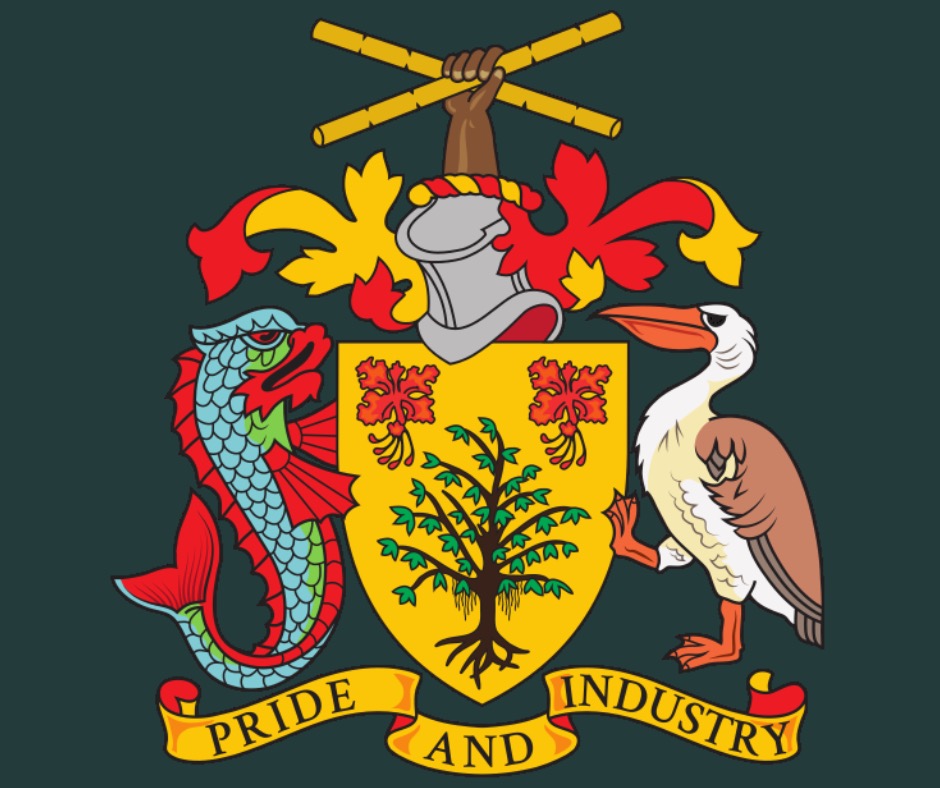
#8: Brown pelicans definitely like leftovers.
You’ve probably seen brown pelicans around docks and fishing ports. They often loiter waiting for scraps discarded by fishermen. This behavior provides the brown pelican with the perfect excuse to live alongside humans.
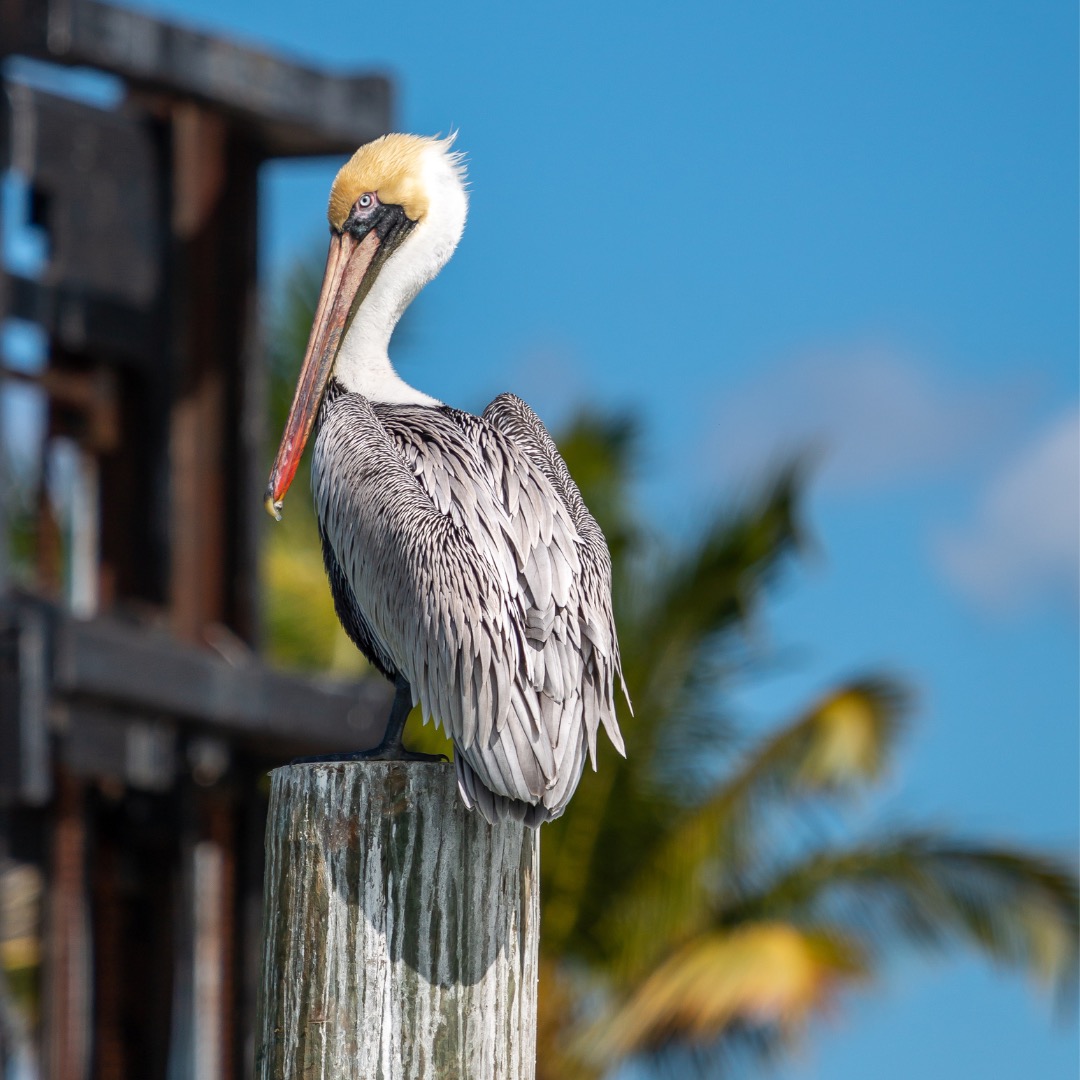
In the 1960s and 1970s brown pelicans almost disappeared due to the pesticide DDT, and they were listed as an endangered species. Since DDT was banned in 1972, populations have recovered, and they are currently a species of least concern according to the IUCN. Let’s keep it that way.
Additional Brown Pelican Resources:
1. Idaho Museum of Natural History Brown Pelican 3D model
2. National Wildlife Federation wildlife guide for the brown pelican
Citations:
1 National Geographic. (n.d.). Pelicans. Retrieved 13 October 2022, from https://www.nationalgeographic.com/animals/birds/facts/pelicans


